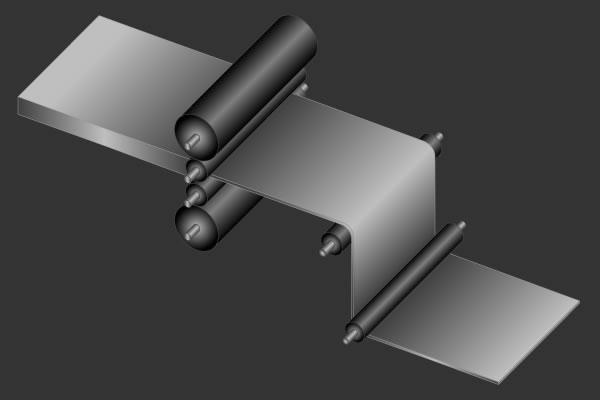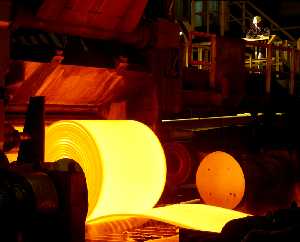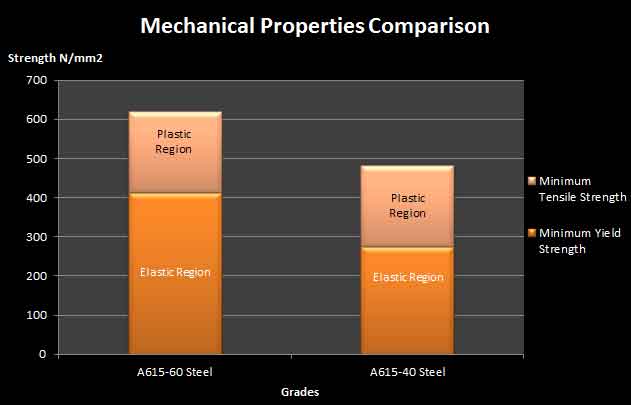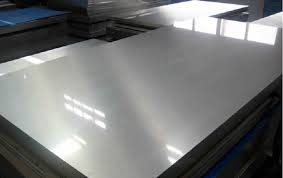Concepts in Metal Forming & Heat Treatment Processes
Cold Working: Metals are strengthened with the help of cold working, it is done in a way that metals are subjected to plastic deformation due to which higher density of dislocation networks are obtained that actually strengthens the metals.
Strain hardening, work hardening and cold working are same concepts. The deformation produced in a cold working process is always kept below the re-crystallization temperature; otherwise the process will be named as hot working rather cold working.
To know more about a cold working process, feel free to build an understanding on Cold Working Process Impact on Material Properties and Limitations.
Re-crystallization Point: Re-crystallization is a point of temperature where the development of an evolving arrangement of hardening-free and equaled grains starts; the grains have about similar proportions in every direction. Brittleness, inflexibility and hardness diminish, but ductility augments.
Hot Working Process: In hot working processes, metals are not strain hardened therefore strain hardening can only be achieved in the cold working process.
Annealing: Annealing is named more specifically as a heat treatment process. In it a metal is heated at a specified temperature to give relief to the material and material softens & changes its properties. Hot annealing process increases ductility but cold working process decreases ductility.
Ductility versus Malleability of Materials: Ductility is the property of metals by which they can be plastically distorted or manipulated under the effect of tensile forces; on the other hand malleability is the property of metals under which these are deformed with the help of compressive stresses. In engineering, elasticity is the level of metallic non permanent deformation where metal regains its original form when the applied stress is undone.
‘Annealing’ a Relief for Residual Stresses: Residual stresses are an enigmatic problem in metals, due to this stresses remained induced even if the applied stress is removed, consequently these residual stresses are very slowly liberated, since it’s sometimes undesirable therefore annealing is done to positively accelerate the process of stress relief in order to eliminate residual stresses.
Blanking Versus Piercing: Blanking is one of the important manufacturing processes which is based on the principle of shearing, in which a die and a punch plays a pivotal role in shearing a scrap out of the desired work piece.
In blanking, the part sheared from the blank is used for further manufacturing process while the other blank work piece is scrap.
On the other hand in piercing the remaining blank is useful while the sheared part is scrap. The whole phenomenon is same between blanking and piercing but the difference in seeking objective makes the two terminologies distinct.
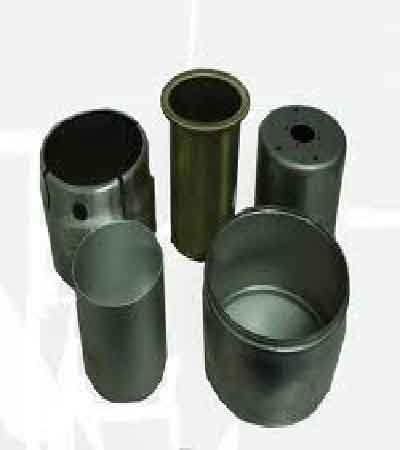
Perforating: Perforating is one of the type of piercing process, in which a die is intended to make small holes on the work piece several times, leaving a pattern of small holes on the desired part for various purposes.
For this operation of blanking or piercing, specialized dies and punches are there. Dies and punch can be mechanically driven.



